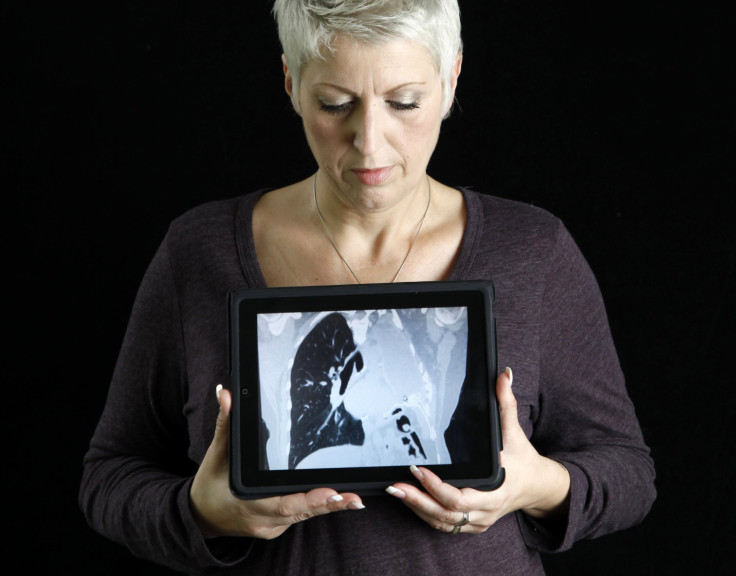Cancer treatment: New test makes early detection possible, may reduce cancer-related deaths

In a new research on cancer treatment, scientists have been able to detect the presence of mesothelioma cancer, 4-10 years in advance of clinical symptoms appearing. The early detection may lead to an effective strategy of reducing cancer-related deaths.
West Lafayette, Indiana’s MorNuCo Laboratories, has developed the ONCOblot® Test that recently completed a retrospective clinical trial, which focused on early detection of malignant mesothelioma. The test detected a molecular marker indicative of the presence of mesothelioma, 4-10 years in advance of the symptoms appearing.
Like us on Facebook
Using the ONCOblot tissue of origin cancer detection test, scientists found the serum presence of a mesothelioma-specific form of the ENOX2 protein within the serum of asbestos-exposed individuals. The study reveals that the test detected the malignancy on an average of 6.2 years in advance.
This is big news as malignant mesothelioma is an aggressive and almost uniformly fatal tumour, caused primarily by exposure to asbestos. As per the study results, two mesothelioma-specific ENOX2 protein transcript variants were detected in serum of asbestos-exposed individuals, 4-10 years in advance of clinical diagnosis of malignant mesothelioma. This can be considered as an exciting progress in cancer detection.
“Although asbestos-induced mesothelioma is a very specific example of early detection, we are currently pursuing larger-scale clinical trials to investigate the utility of the ENOX2 protein marker to predict the onset of cancers of other tissues of origin as well,” said Nick Miner, Vice President of Business Development, according to EurekAlert.
In yet another cancer experiment, mechanical engineers from the University of Washington are developing a handheld microscope to help medical practitioners distinguish between cancerous cells and healthy cells, both inside the operating room or an office setting. The device would allow surgeons to see at the cellular level during surgery to help them determine when to stop cutting cancerous cells.





















